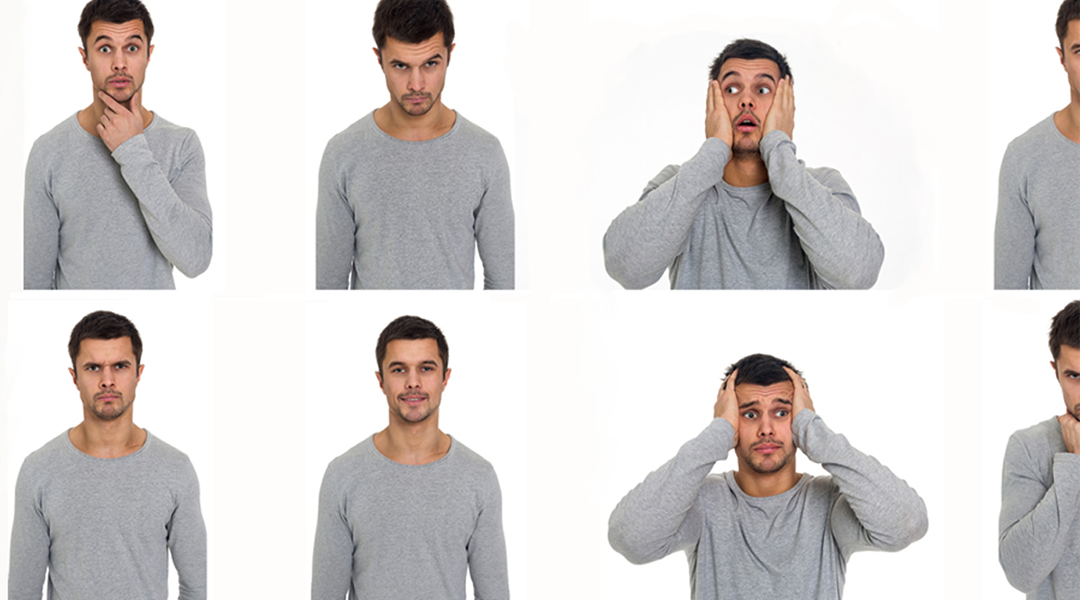What Causes Our Emotions?

What are Emotions?
Emotions are a state of mind created by thoughts that are active at this very moment. As we live our lives and observe what is around us and our mind does the following automatically:
- Interprets what it sees, hears, smells tastes and feels.
- Assess what is happening for danger or not.
- Tries to predict what may happen in the future based on what we have experienced in our past.
The stories that our mind comes up with is what causes our state of mind; our emotions. More precisely if that story is believable THEN a corresponding emotional state is created. If our mind comes up with a story about danger and we believe it then fear is generated.
It’s All About What We Believe
These stories that we believe to be true make up our belief system. These beliefs can be conscious or unconscious (subconscious and very automatic) and they can even be be real or imagined. No matter what kind of beliefs get activated or how they get activated any active belief creates our emotional states. These emotions, in turn play themselves our on our bodies as sensations and ALL of this, our thoughts, emotions and body sensations make up what we call FEELINGS.
Identifying our emotions can be tricky, especially when it’s not that clear what active beliefs are causing them. We may not be aware of these active beliefs if they are unconscious and automatic and imagined. It’s no wonder that sometimes we are not really aware of why we feel the way that we do.
Are you still not convinced that it’s your thoughts that cause your feelings? Here is an exercise that you can do to help you see the linkage.
As you go about your daily life you will notice feelings cropping up all the time.
- Are you feeling good or bad?
- What are your thoughts at the moment when you are feeling good or bad?
Try it for Yourself
This example depicts both a positive and negative scenario.
Positive Scenario: Imagine a place in the world where you would love to travel. Picture the surroundings. What are you doing there? What is the weather like? How does it smell? Are you with anyone? When you picture this scenario in your mind you will be generating some sort of emotion about this place as well. You cannot help but generate emotions related to your thoughts. What are you feeling? Write down three emotions that you are feeling when thinking about where you want to travel. Now take these emotions and write down the thoughts that you were thinking of at the time you were feeling these emotions. For example if you were feeling warm, comfortable, happy, or joyful, then you will likely have produced thoughts of “the temperature in this place is warm and pleasant.”, “the people are friendly”, “this place is clean”, “this place is exciting and vibrant” etc…
Now that we have experimented with a positive scenario, let’s look at a negative one to demonstrate the difference
Negative Scenario: Imagine a place that you do NOT want to go to. Imagine the surroundings of this place. What are you doing there? What is the weather like? How does it smell? Are you with anyone? Once you picture this negative scenario you will again be generating a variety of emotions. What are you feeling? Write down three emotions that you are feeling when thinking about where you do not want to travel to. Now take these emotions and write down the thoughts that you were thinking of at the time you were feeling these emotions. For example if you are feeling discomfort, fear, or irritation, then you will likely have produced thoughts like “this place is cold”, “this place is crowded and unfriendly”, “this place is riddled with crime”, “this place smells”.
While you’ve examined yourself as you’ve conducted these exercises for both the positive and negative scenarios, did you notice a difference in your feelings? When you examined your own thoughts, did you notice a difference in your thoughts?
Most likely you noticed positive feelings and thoughts in the scenario where you were picturing a place you would like to travel to and negative emotions and thoughts in the scenario where you were picturing a place that you would not like to travel to.
Remember that not every thoughts cause emotions. In order for a thought to cause an emotion, it MUST be a thought that you believe to be true (the story is likely or plausible). Look back at your thoughts in the previous exercise. Were these thoughts all true facts about that scenario that you believed to be true?
Once you see the link between thoughts/beliefs and emotions/feelings, you can then see a way out of feeling badly. It is now possible to change your feelings by changing your thought/beliefs. More balanced thinking leads to more balanced emotions.
